Get the short answer from a diagnostic radiology specialist
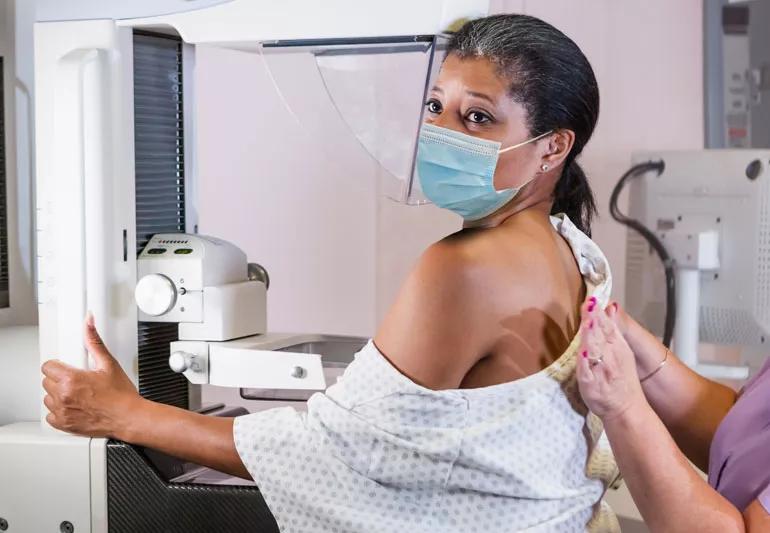
Q: When it comes to thermography and mammography, what are the major differences? Should I choose one over the other?
Advertisement
Cleveland Clinic is a non-profit academic medical center. Advertising on our site helps support our mission. We do not endorse non-Cleveland Clinic products or services. Policy
A: According to the FDA, “Thermography is a noninvasive tool that uses an infrared camera to produce images (thermograms) that show the patterns of heat and blood flow on or near the surface of the body. Thermography devices, also known as digital infrared imaging devices, have been cleared for marketing by the FDA only for use with another screening or diagnostic test like mammography, not for use as a standalone diagnostic tool.”
With breast thermography, an infrared image captures temperature data from your breast. The thought behind this method is that breast cancers have increased metabolic activity and angiogenesis. So areas with cancer will reflect higher temperatures than normal parts of the breast.
Mammography is a specially designed X-ray technique that provides high-definition views of the breast tissue in order to screen for breast cancer. Screening mammography has been well validated by numerous randomized controlled clinical trials and is the only method (in comparison to breast ultrasounds, breast MRIs, etc.) shown to decrease breast cancer-related deaths.
The FDA has also stated that “thermography is not an effective alternative to mammography and should not be used in place of mammography for breast cancer screening or diagnosis.” In addition, “there is no valid scientific data to demonstrate that thermography devices, when used on their own or with another diagnostic test, are an effective screening tool for the early detection of breast cancer.”
Advertisement
Also, The Society of Breast Imaging has stated that it does not currently support the use of thermography as a screening tool in the detection of breast cancer or as an adjunctive diagnostic tool.
Mammography is very well tolerated by the majority of patients. There are a few circumstances where someone might not be able to undergo screening mammography. Some examples of this are if a patient is very sick, has limited mobility or is pregnant. In these special cases, other testing alternatives may be appropriate and would be determined by the patient’s doctors.
Breast imaging specialists in general support the argument that thermography should never be a replacement for mammography, regardless of the patient’s underlying medical condition. Additional studies in the future are needed to determine whether there is any evidence that thermography in combination with mammography would be useful for breast cancer screening.
Diagnostic Radiology Specialist Laura Dean, MD
Advertisement
Learn more about our editorial process.
Advertisement
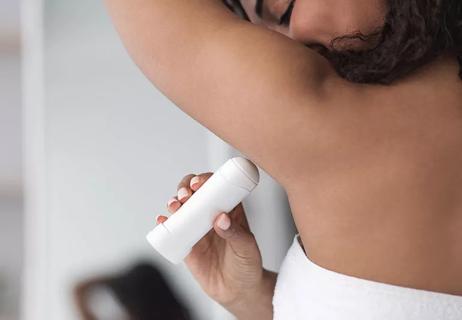
Research doesn’t show a link between the personal hygiene product and breast cancer
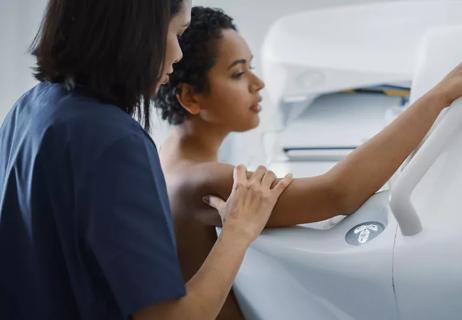
Annual screenings should start at 40 for most — but some people should start younger

Any mass or abnormal area that you feel for more than three days should be checked out
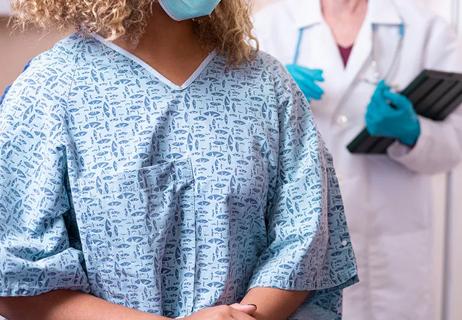
The short answer from a radiologist

And find out why it's not a good idea to skip one
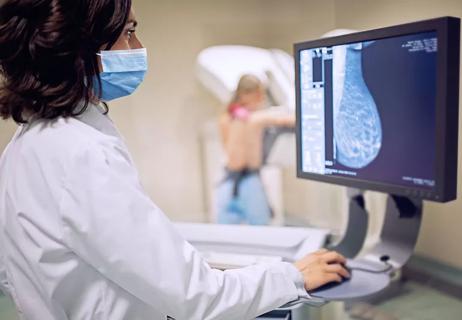
The short answer from a diagnostic radiologist

Most recommended precautions center around minimizing bruising or swelling

Type 2 diabetes isn’t inevitable with these dietary changes

Applying a hot or cold compress can help with pain